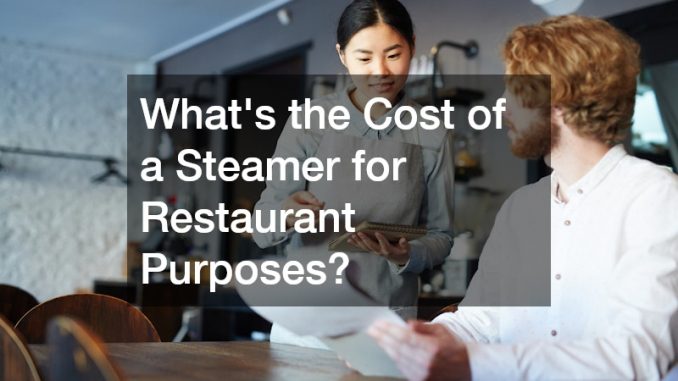

When outfitting a commercial kitchen, investing in the right equipment is essential, and one vital piece that many kitchens rely on is the steamer for restaurant purposes. Steamers offer a healthy, efficient cooking method that preserves food’s flavor and texture while reducing the need for oils and fats. But what about the cost? The price of a commercial steamer can vary greatly depending on several factors, including the type, size, and features of the unit. Here’s a closer look at what you can expect to pay.
Factors Influencing the Cost
Type of Steamer The type of steamer you choose will significantly impact the cost. There are three main types: boiler-based, boilerless, and pressure steamers.
Boiler-based steamers are often more expensive due to their external boiler, which requires more power and maintenance.
Boilerless steamers, while simpler and more energy-efficient, tend to be mid-range in price.
Pressure steamers are typically the most expensive, as they cook food faster and handle high volumes, ideal for large-scale operations.
Capacity The capacity of the steamer also affects its price. Smaller steamers, such as countertop models, generally cost less than large, floor-standing units designed for high-volume cooking. A countertop steamer for restaurant use may cost between $2,000 and $6,000, while larger, more robust units can range from $10,000 to $25,000 or more, depending on their size and features.
Brand and Features Well-known brands like Vulcan, Cleveland, and Blodgett are reputable manufacturers in the restaurant equipment industry, but their steamers often come at a higher price due to their quality and durability. Additionally, steamers with advanced features like digital controls, automatic water filling, and self-cleaning functions will command a higher price tag.
Additional Costs to Consider
When purchasing a steamer, it’s important to account for more than just the initial cost. Installation expenses, regular maintenance, and energy consumption will add to the overall price of owning a steamer for restaurant use. Energy-efficient models may have a higher upfront cost, but they can help reduce long-term operating expenses.